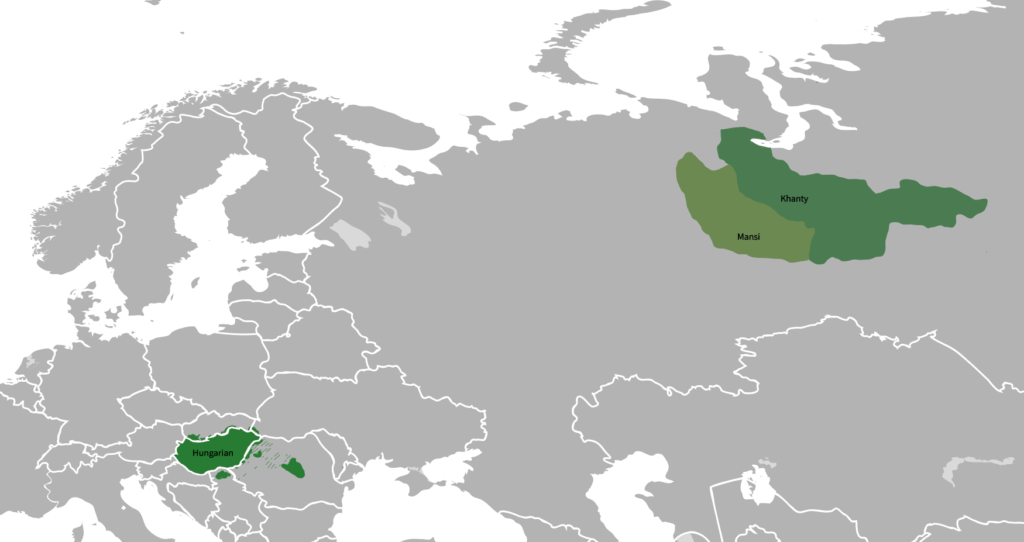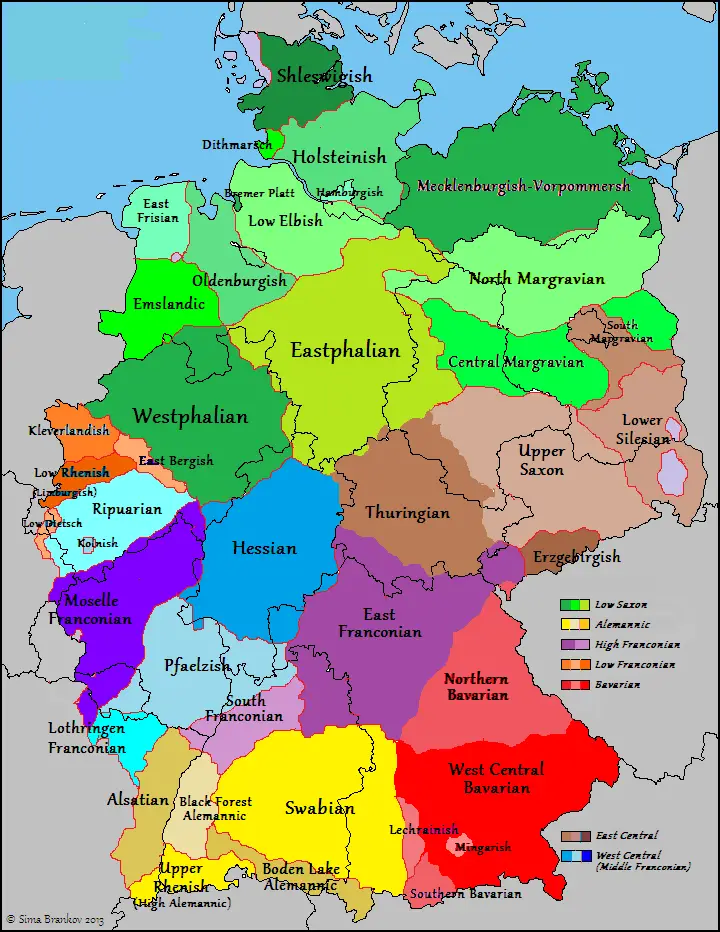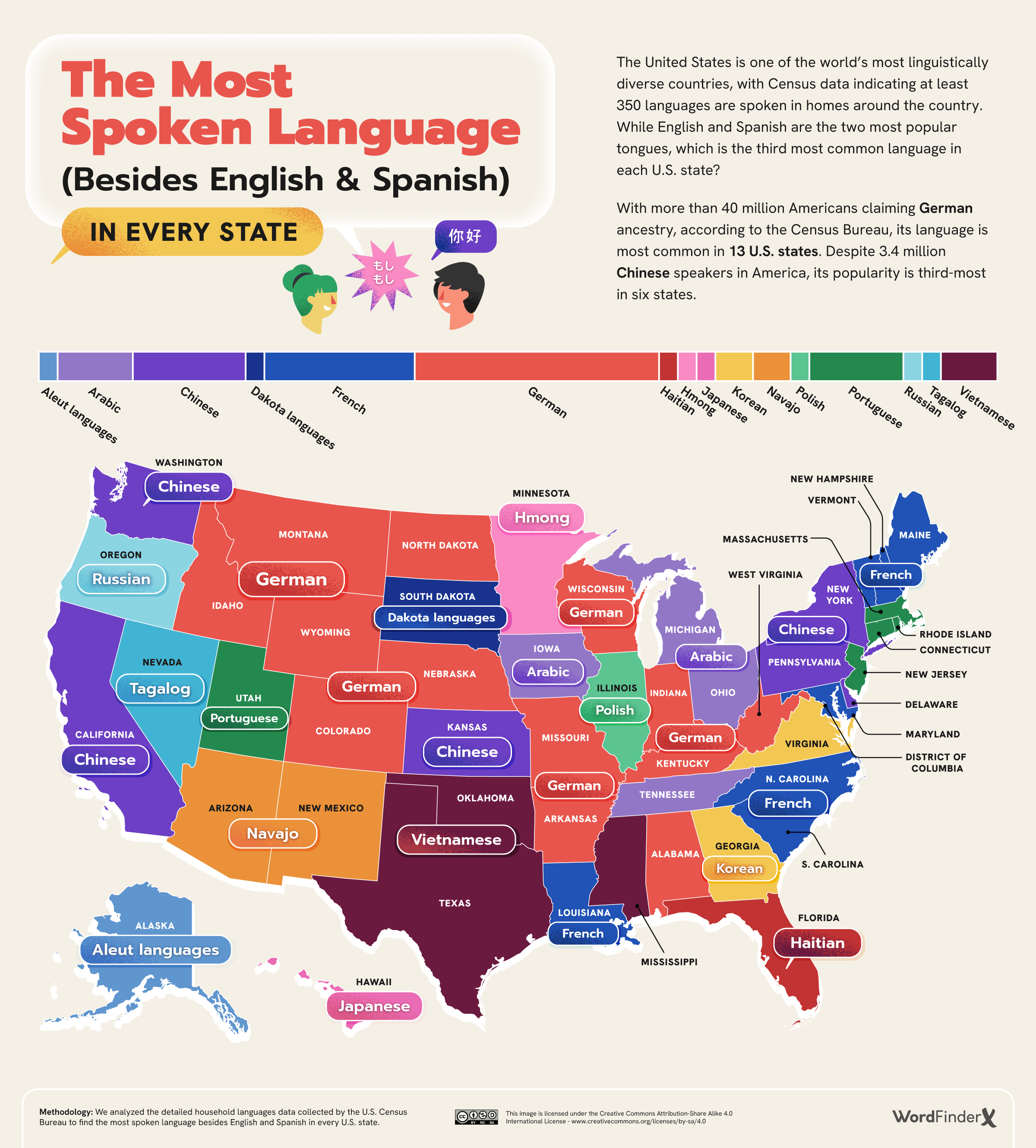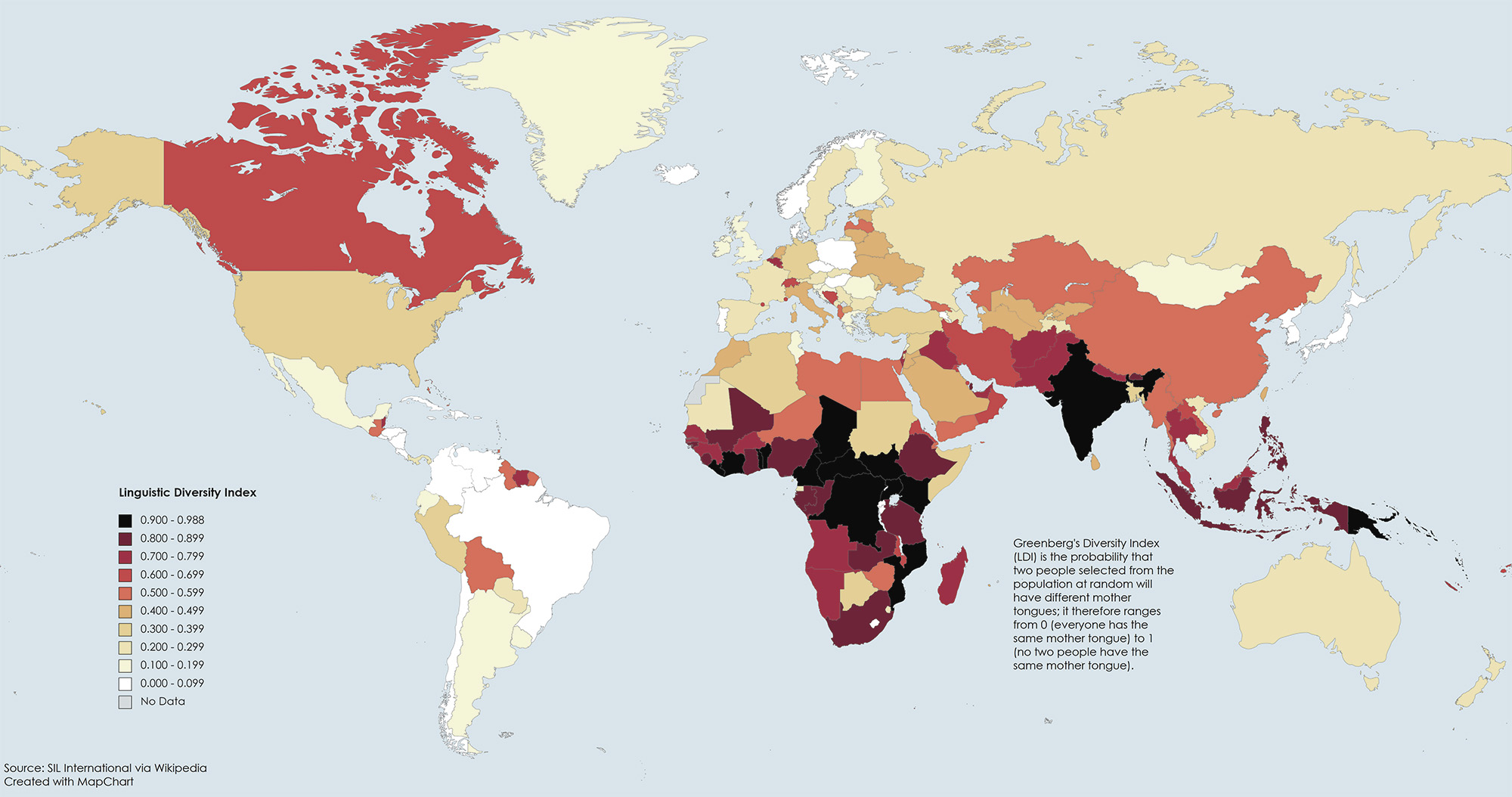Hungarian’s Siberian Cousins: The Surprising Geography of Ugric Languages
Hungarian often feels like a linguistic island in Europe. Walk through Budapest, and the words you hear don’t resemble German, Slavic, or Romance languages around it. But Hungarian isn’t completely alone. Hungarian belongs to the Ugric branch of the Uralic family. Its nearest cousins are way over in western Siberia. This map shows where they are.

Hungarian dominates the group with about 14 million speakers in Hungary and neighboring countries.
Siberia’s a different story. The Khanty number around 30,000, but only a fraction still speak the language. The Mansi are fewer – roughly 12,000 in total – and fewer than 1,000 of them are fluent today.
These three languages descend from a common ancestor, but they’ve grown so different over thousands of years that Hungarians, Khanty, and Mansi can’t understand each other. Khanty and Mansi speakers in Siberia even have trouble with each other’s dialects.
So how did these groups spread so far apart?
Researchers point to the Ural Mountains as the old homeland. Some groups stayed on the eastern side and became the Khanty and Mansi, while others slowly moved west over centuries. That westward branch eventually reached the Carpathian Basin, where Hungarian developed into a major European language.
Genetics gives a bit of extra context. Hungarians today show only faint traces of that ancient Siberian ancestry, since they mixed heavily with other Europeans over time. Khanty and Mansi, by contrast, have kept much more of the genetic signature that ties them to Siberian and early Eurasian populations.
So within this tiny Ugric branch of the Uralic family, we see two very different outcomes: Hungarian, a national language spoken by millions in Central Europe, and Khanty and Mansi, small Indigenous languages in Siberia now fighting for survival.








